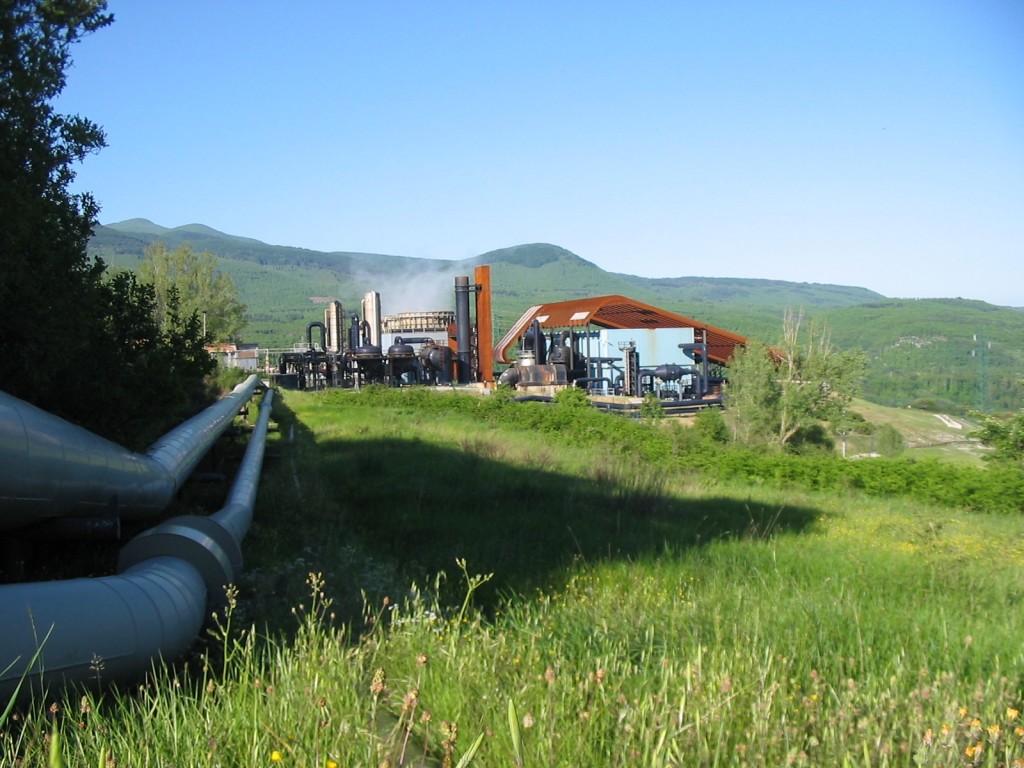Reviving economic activities, Tuscany should increase use of geothermal energy

An open letter by mayors in geothermal communities in Tuscany urges the government of Italy to increase geothermal activities as part of economic recovery activities in the region that profits from royalties of geothermal operations.
Local mayors in Tuscany have sent an open letter to the government of Italy in light of planning the recovery of economic activities in the country, urging the increase in the availability of geothermal energy, and the use of disused oil and gas wells to be considered.
When Italy reopens it will also have to deal with its energy system. The proportions of the epidemic have been so transversal that the engine of the economy now requires detailed development. Even before the government comes into play, it is not known how, it is reasonable to think that it will do so by reviewing the green deal in January. Meanwhile, a first move comes from Tuscany which re-launches the battle for geothermal energy. An ancient battle for a clean source, against bureaucracy, authorizations granted and/ or denied, opinions, prejudices Cinquestelle.
Nine mayors, so-called geothermal mayors, have sent a letter to Prime Minister Giuseppe Conte and to the President of Tuscany Enrico Rossi. Quick, emergency measures have been requested from Pomarance, Castelnuovo di Val di Cecina, Montieri, Monterotondo Marittimo, Chiusdino, Radicondoli, Monteverdi Marittimo, Arcidosso, Santa Fiora to allow Enel to derogate from the normal procedures for the award of works, maintenance, contracts and supplies in the sector.
The moment is difficult everywhere, but a historic energy industry, rich in EUR 20 million in royalties (from its geothermal operations for. the region), integrated into the regional system concentrated in the provinces of Pisa, Siena and Grosseto, wants to start again immediately. Anticipating the government, leading the way against slow and crippling procedures. Electricity production in Tuscany has not stopped in recent weeks. And the Geothermal Consortium is allocating an economic contribution to Lombardy for the health emergency. In view of the reopening, Enel, which manages the main plants in the area, must be put in a position to reactivate work and investments.
The local supply is ready, the mayors write, who push for a quick agreement between the government, the region and the municipalities of the area, to authorize the electricity company to derogate from its policies and not to extend beyond the suspension of collateral activities. The committees opposed to the exploitation of the underground resource are always in action, but with few chances of success. Especially since they started evaluating the geothermal game with more common sense at the Mise with incentives for the expected Fer2 (government incentives scheme).
Geothermal energy as an inexhaustible source, can still grow in the basket of Italian sources. Like Snam’s plans for hydrogen, the supporters of energy from underground also cultivate the idea of ??using drained gas or oil wells in Tuscany. A prospect of reconversion, according to the Greenreport Agency, to combat oil swings. Within the European Meet (Multidisciplinary and multi-context demonstration of EGS exploration and Exploitation Techniques and potentials) project, the exploitation of wells in the oil and gas industry is assessed, in order to reduce fixed costs , promoting growth in the energy territory primary.
In the world there are hundreds of disused wells, say the technicians, from which hot water can be taken for geothermal production. Those who want to travel this road must however consider the structural quality of the chosen well, the depth, the suitability of the water. A bit like it was done in Eni 40 years ago by drilling all over Italy in search of underground wealth. Those wells can be brought back to life, even outside of Tuscany, by resuming studies on Italian areas with geothermal potential.
In the midst of a critical energy transition, held back by the coronavirus, these are suggestive working hypotheses. They must meet political commitment and will to create new industrial value in the most deficient sector in Italy. We must believe it, abandon preconceptions and show strategic intelligence in those sectors where there are robust skills and experiences. The Tuscan model which, net of the levels of air pollution, takes about 30% of energy from the earth’s crust, is therefore proposed as an example of an imitable circular economy. The letter from the mayors to Conte and Rossi, in the end, says just that.
Source: First Online